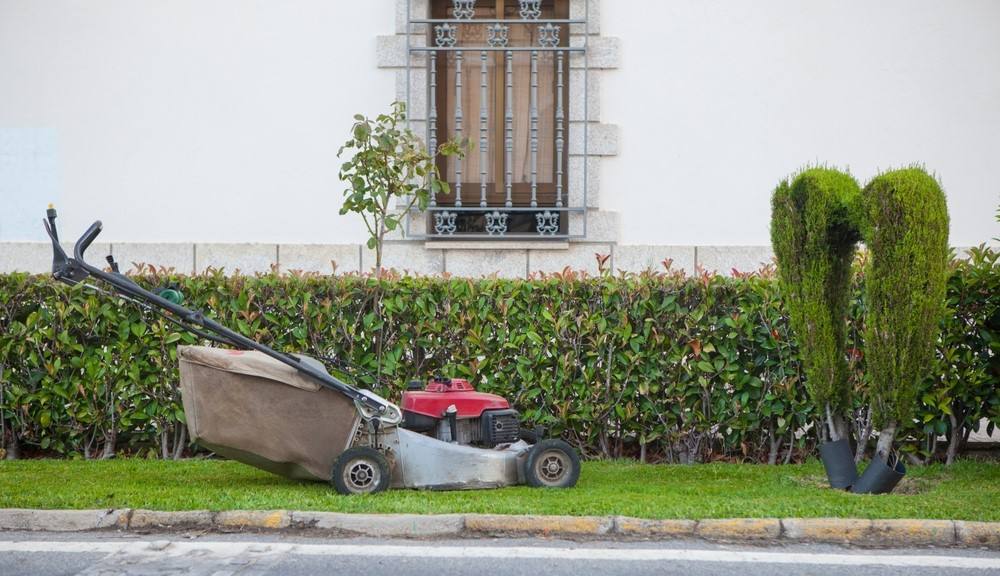Pruning is a fundamental gardening technique that involves the selective removal of plant parts to shape, train, and maintain the health of your plants. When done correctly, pruning can enhance the aesthetics of your garden, promote better plant growth, and increase overall plant vitality. Here are some tips to help you master the art of pruning:
- Know When to Prune:
- Timing is Key: Different plants have different pruning requirements. Some are best pruned in early spring before new growth, while others are pruned after flowering or during dormancy. Research the specific needs of each plant species in your garden to determine the optimal pruning time.
- Use the Right Tools:
- Quality Pruning Tools: Invest in a good pair of bypass pruners for general pruning, and consider obtaining other tools like loppers or pruning saws for larger branches. Ensure your tools are sharp, clean, and properly maintained for precise and effective cuts.
- Understand Pruning Techniques:
- Maintenance Pruning: Regular maintenance pruning involves removing dead, diseased, or damaged branches to improve the plant’s overall health and appearance. It also helps to promote air circulation and sunlight penetration within the plant canopy.
- Shaping and Training: Pruning can shape and train plants into desired forms, such as topiaries, hedges, or espaliers. Trim back branches to encourage compact growth or direct growth in a specific direction.
- Thinning: Thinning involves selectively removing specific branches or stems to reduce overcrowding and enhance light penetration and air circulation. This technique is commonly used for fruit trees and shrubs to promote better fruiting and reduce disease risks.
- Deadheading: Deadheading is the removal of spent flowers to encourage further blooming and maintain the plant’s overall appearance. This technique is particularly useful for flowering plants like roses and annuals.
- Consider Plant Health and Growth Habits:
- Prune for Health: Remove any dead, diseased, or infested branches promptly to prevent the spread of diseases and pests. Make clean cuts just above healthy buds or lateral branches to encourage proper healing.
- Understand Growth Habits: Different plants have unique growth habits, including how they produce flowers and branches. Understanding these habits will guide your pruning decisions. For example, some plants bloom on new wood, while others bloom on old wood.
- Pruning Tips:
- Angle of Cuts: Make cuts at a slight angle just above an outward-facing bud or lateral branch. This encourages outward growth and prevents water accumulation on the cut surface.
- Avoid Overpruning: Remember that pruning should be done conservatively. Overpruning can weaken plants and reduce their ability to withstand stressors like pests, diseases, and harsh weather conditions.
- Step Back and Observe: Regularly step back and observe the overall shape and balance of your plants. This will help you make more informed pruning decisions and ensure a harmonious appearance.
- Clean Up and Care:
- Clean Up Debris: After pruning, remove and dispose of any pruned material, especially if it is diseased. This helps prevent the spread of diseases and pests in your garden.
- Provide Post-Pruning Care: Properly water and fertilize your plants after pruning to support their recovery and stimulate new growth. Mulching around the base of the plant can also help retain moisture and suppress weed growth.
practice makes perfect when it comes to pruning. Don’t be afraid to start with small pruning tasks and gradually build your confidence and skills. Each plant species may require different techniques, so take the time to learn about the specific pruning requirements for the plants in your garden. With patience and practice, you’ll master the art of pruning and enjoy the benefits of beautifully shaped and healthy plants in your garden. Happy pruning!


